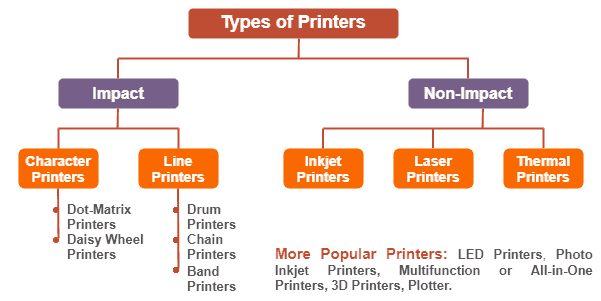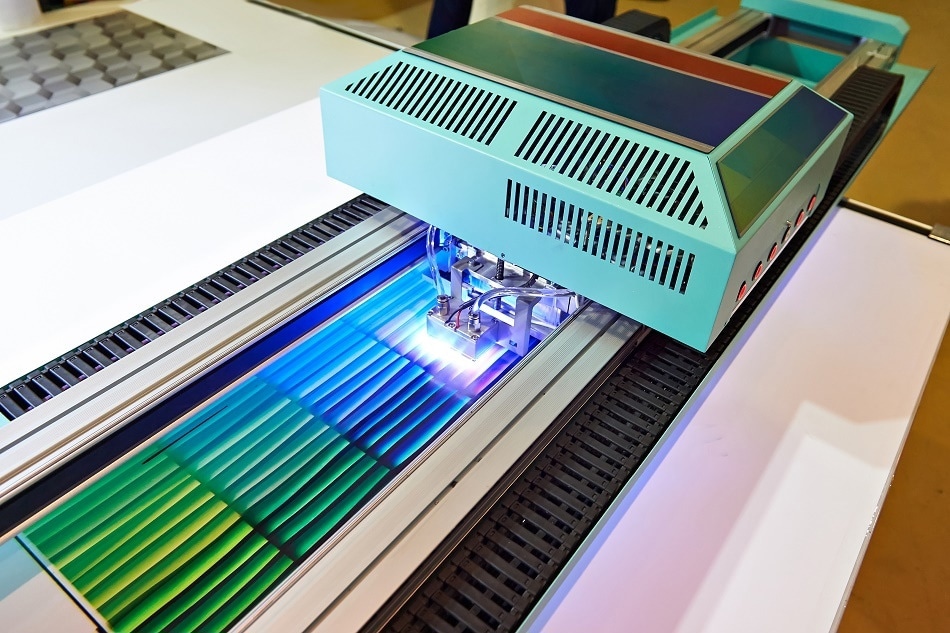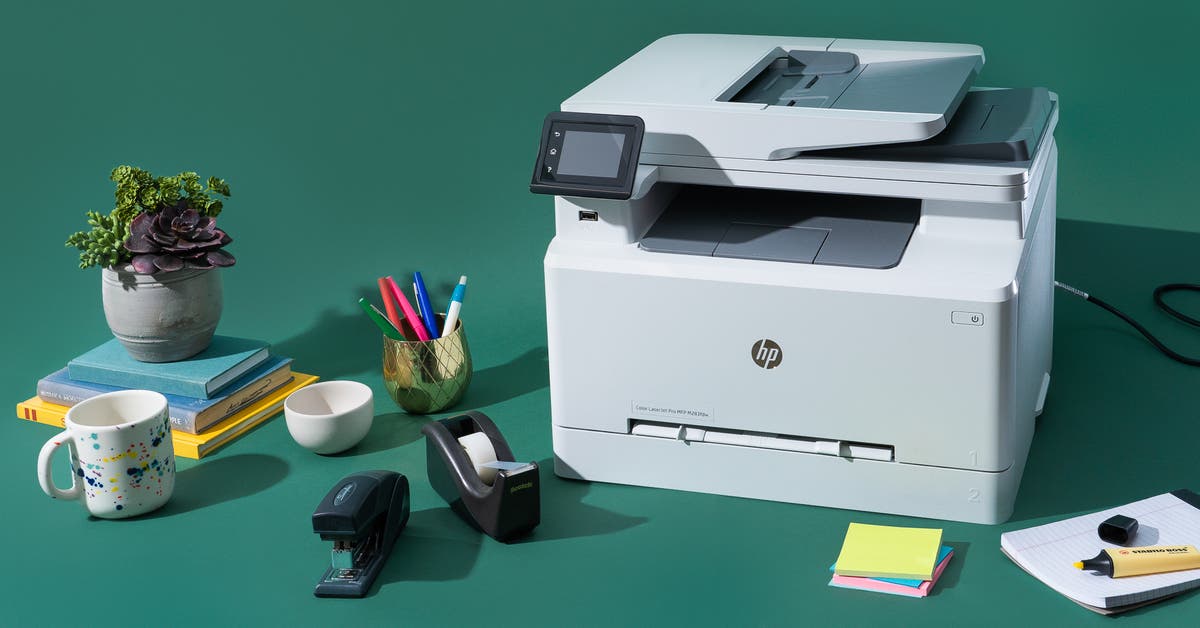Your Ultimate Guide: What Clothes to Buy for Your Newborn
Introduction
Just had a baby, or expecting one soon? Congratulations on your bundle of joy! This exciting time is filled with many decisions, and one of the most challenging tasks can be figuring out what clothes to buy for your newborn. Clothing can greatly affect your newborn's comfort and safety. Additionally, your budget and personal style will also influence your choices. Therefore, we are providing this comprehensive guide to help navigate the world of newborn clothing and make the best choices for your little one.
Why is it Crucial to Choose the Right Newborn Clothes?
Choosing the right clothes for your newborn extends beyond aesthetic appeal. There are numerous prime considerations that come into play, each fundamentally anchored to the comfort and safety of your child. Let's delve into why and how each of these factors matter:
- Safety First: The clothes you choose can directly affect your child’s safety. Loose clothing may pose a risk of suffocation, while tightly fitted clothes might restrict your baby's movement.
- Comfort Is Key: Comfort goes hand in hand with safety. Pay attention to the material of the clothes - some fabrics could potentially irritate tender, sensitive skin, leading to rashes or general discomfort.
- Temperature Regulation: Newborns have a developing system of temperature regulation. The proper clothing is crucial to maintain an appropriate body temperature, offering the right amount of warmth or coolness depending on the season and conditions.
- Ease of Dressing: Gentle and non-forceful dressing is important in avoiding causing distress to your baby. Clothes should be easily changeable - particularly given the frequent nature of diaper changes in the early weeks and months.
Clearly, choosing your newborn's clothing is not simply about the cutest design or color but is fundamentally entwined with their well-being and comfort. By understanding each essential factor, we can make informed and beneficial choices in clothing our little ones.
What Essentials Should You Consider When Shopping for Newborn Clothes?
Shopping for your newborn can indeed be a challenging task. However, your ultimate goal should be to provide comfort, practicality, and appropriate protection for your little one. Here are some critical factors to keep in mind when buying clothes for your newborn:
- Comfort First: Clothes that are comfortable top the list. The fabric should be soft, and absolutely nothing that can irritate the baby's soft and sensitive skin. Fabrics like cotton or bamboo rayon are popular for their breathability and softness.
- Practical Designs: Dressing a newborn isn't always easy. Choose designs that simplify the process. Look for clothes with wide neck openings, snaps, and zippers. Clothes that open front or kick open from the bottom simplify diaper changing.
- Functionality Trumps Fashion: Yes, a pint-sized designer outfit looks adorable, but is it practical? Infants require changes several times a day, so easy-to-change clothing trumps all else. Onesies, sleepers, and other similar attire are necessity items on a newborn's list.
- Seasonal Suitability: When shopping, consider the weather and season. For summer-born babies, choose light, breathable fabrics to prevent overheating. For those born during colder seasons, opt for warmer clothes. However, avoid overly chunky outfits that could cause discomfort.
In essence, buying newborn clothes revolves around ensuring your baby's comfort and safety, backed by practical functionality and adaptive to seasonal changes.
How to Navigate Size and Fit for Your Newborn's Clothes?
Ensuring a precise and comfortable fit for your newborn's attire can initially seem perplexing, but with a few guided insights, you could master this essential aspect of infant cloth shopping. The primary factors to consider when determining size and fit include:
- Sizing by Age: Although newborn clothing typically carries sizes marked according to age, remember that not all babies grow at the same pace. Age sizing is merely a general guide.
- Height and Weight Considerations: A proactive strategy necessitates that prime focus should be on your baby's weight and height when determining the appropriate size. These metrics offer a more accurate gauge compared to sizing by age.
- Brand Specifics: Keep an open mind while shopping across various brands because each one maintains its own unique sizing chart. It's highly recommended to refer to them before purchasing.
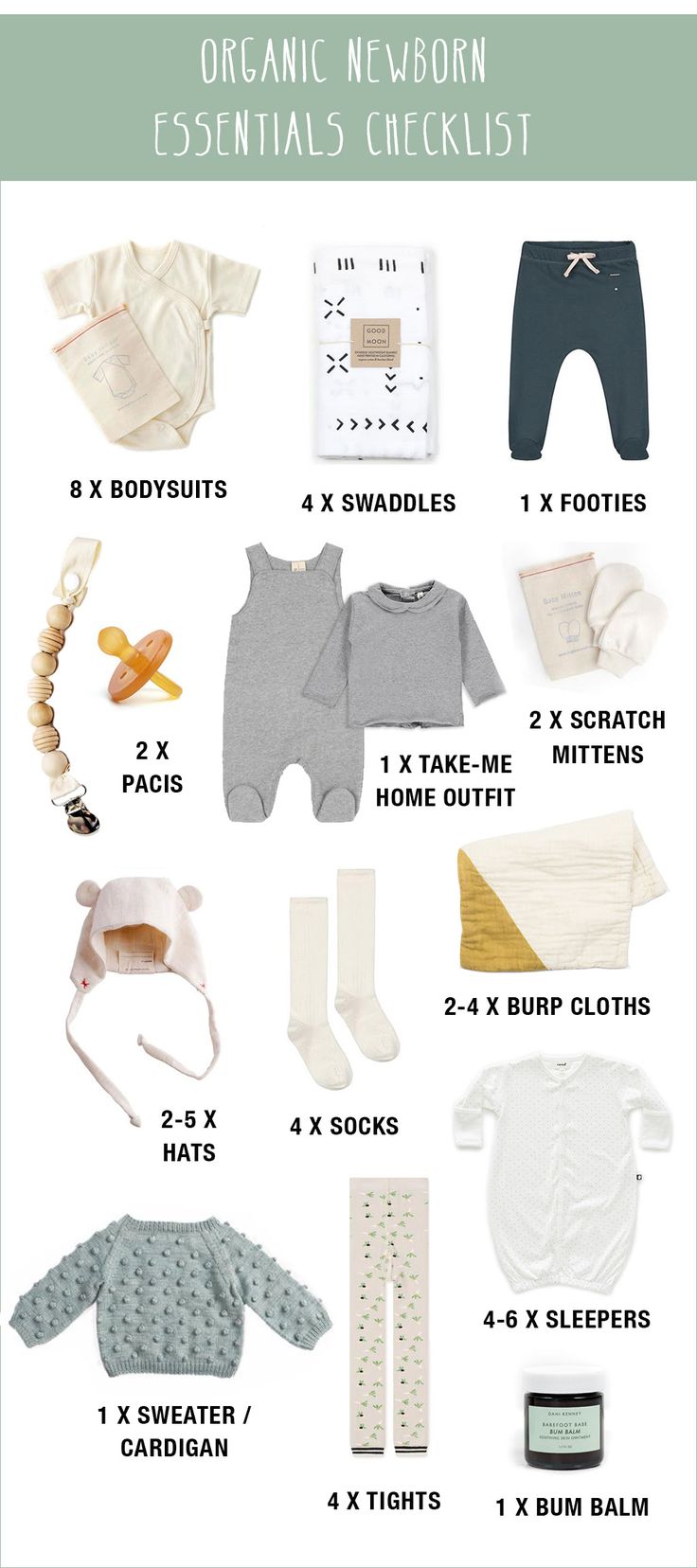
- Anticipating Growth: An effective tip while making size choices is to opt for apparel that is slightly larger than your baby's current size. Given how quickly babies grow, they will naturally grow into them.
- Safety Measures: However, be cautious that the clothes are not excessively loose, as they could pose a safety hazard, such as the risk of suffocation.
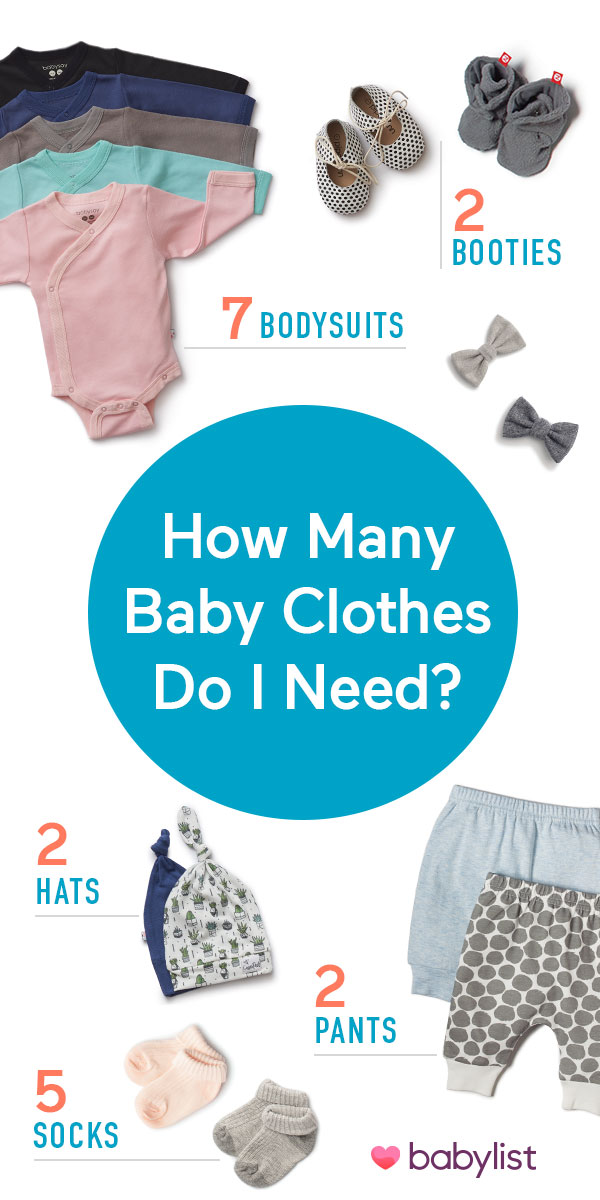
Remember, getting the size and fit right is essential for your newborn's comfort and safety. Juggling between these considerations might feel like a balancing act, but soon, you’re sure to become a pro at it.
Organic vs Traditional Clothing: Which is Better for Your Newborn?
As you browse through the seemingly endless clothing options for your newborn, you'll encounter two main categories: Organic and Traditional clothing. Each type has its unique characteristics, benefits, and drawbacks. Here's a detailed comparison to help you make an informed decision:
- Organic Clothing
- Source: Produced from natural fibers, organic clothing is devoid of synthetic pesticides or chemical dyes.
- Best For: Sensitive skin. Organic clothes are hypoallergenic, reducing the risk of rashes or skin irritation.
- Consideration: However, organic clothing is often more expensive than traditional options.
- Traditional Clothing
- Source: Traditional clothing may contain synthetics and could be exposed to pesticides or dyes during production.
- Best For: Budget-conscious shoppers; traditional clothes are generally less expensive than their organic counterparts.
- Consideration: Be careful while selecting, as some traditional clothes might contain potentially harmful chemicals.
To strike a balance, you could consider traditional clothes labeled as 'low-impact'. This label implies that fewer chemicals are used in production and could be a safe compromise between organic and traditional options.
Choosing between organic and traditional clothing is largely a matter of personal preference. If budget isn't a concern and you prefer eco-friendly options for your newborn's delicate skin, organic clothing is a fantastic choice. Alternatively, if you're budget-focused and more practical in approach, traditional clothes could be your go-to, given you select with care. As always, regardless of choice, your priority should be your newborn's safety and comfort.
How Can You Effectively Balance Quality, Comfort, and Budget in Newborn Clothing?
Navigating the purchase of baby clothes requires a balance between quality, comfort, and budget. Here are some strategies to help you achieve this:
1. Establish a Budget: Begin by setting a monetary limit that you're comfortable with. It's essential to maintain a realistic budget to avoid overspending on items your child will quickly outgrow.
2. Prioritize Quality and Comfort: Quality takes precedence over quantity. While newborns outgrow their clothes rapidly, cheap, uncomfortable clothing can irritate their sensitive skin. Soft and breathable fabrics provide a comfort that cheap material cannot.
3. Strategic Shopping: Here are several ways you can still purchase high-quality clothing without stretching your wallet:
- Timing: Keep an eye on sales and discounts from reputable brands. Off-season shopping can often yield great deals.
- Used Clothing: Invest in gently used clothes from trusted thrift stores or online platforms. Many times, these pieces are barely used and have plenty of life left in them.
- Multipacks: Many brands offer multipacks of essentials like onesies, sleepers, and bibs. These usually come at a discount and provide good value for money.
4. Measure Value for Money: Instead of looking at just the price of an individual item, consider the wear it will get. It might make sense to invest more in daily essentials and less in clothes for special occasions.
By implementing these strategies, you can balance quality, comfort, and budget when purchasing newborn clothes effectively.
Conclusion
Choosing the right clothes for your newborn might seem overwhelming, but with the right approach, you can ensure your baby's comfort and safety while keeping your budget intact. Look for quality, comfort, and functionality in the clothes, and remember, your baby will love whatever you choose because it’s shrouded in your love and care.
Related FAQs about what clothes to buy for newborn
Why is the clothing material important for newborn clothes?
The clothing material directly affects a newborn's comfort and well-being. Newborns have incredibly sensitive skin, and certain fabrics can cause irritation, allergies, or discomfort. Breathable and soft fabrics like cotton or bamboo rayon are considered best. They allow adequate air circulation reducing the risk of overheating and skin issues.
What are the critical factors to consider when buying clothes for a growing newborn?
When shopping for a growing newborn, consider the garment's size, ease of dressing, comfort, and safety. Opt for clothes slightly larger than the current size as babies grow fast. Choose designs that allow easy changes, like wide neck openings and snaps. Safety is paramount, avoiding overly loose clothing that may pose risks.
Is it worth investing in premium or organic infant clothes?
Investing in premium or organic clothes can be beneficial. These clothes are often of better quality, more durable, and gentler on the baby's skin, reducing the risk of irritation or allergies. However, they're also typically more expensive. Whether the investment is worthwhile or not largely depends on your budget and preferences.




